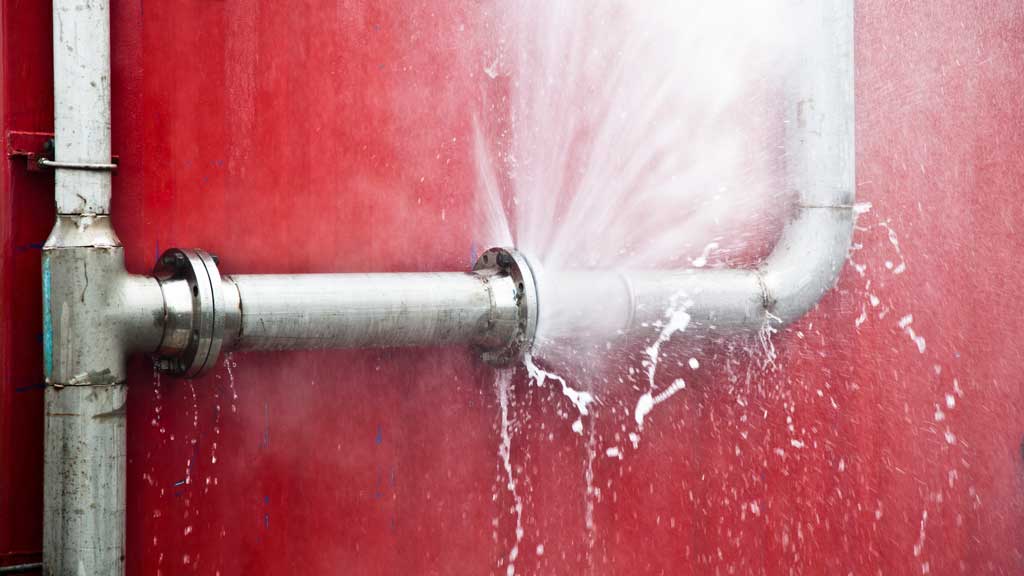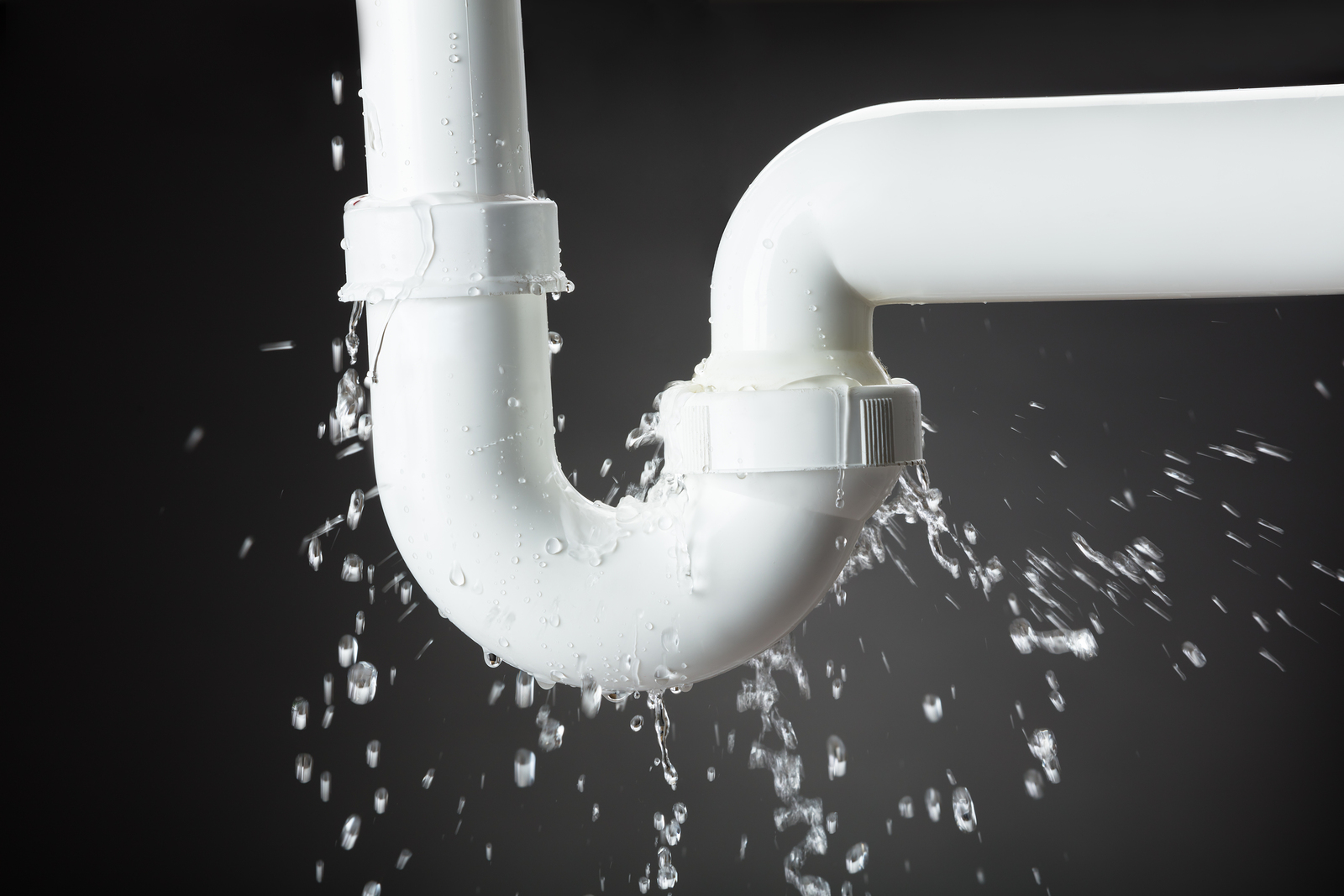Preventing Burst Pipeline: Necessary Tips to Protect Your Plumbing
Avoiding ruptured pipes is a vital worry for house owners, particularly during colder months when the risk of cold is heightened. Executing tactical measures such as correct insulation, regular evaluations, and preserving regular indoor temperatures can considerably decrease the possibility of pipeline failing. Furthermore, recognizing emergency procedures gears up house owners to react swiftly to prospective pipes concerns. Nevertheless, many are uninformed of the specific vulnerabilities that their pipelines might encounter. Exploring these vulnerabilities can supply invaluable understandings into securing your pipes system successfully.
Understand Pipeline Vulnerabilities
Understanding pipe vulnerabilities is crucial for effective pipes upkeep and preventing expensive damages. Numerous variables add to the vulnerability of pipelines to ruptureds, consisting of product make-up, age, and ecological conditions. Older pipes, particularly those made from galvanized steel or polybutylene, usually break down with time, bring about raised threat of tears and leakages.
Temperature changes can additionally substantially influence pipe honesty. In colder climates, water trapped in pipelines can freeze, increasing and applying pressure on the pipeline walls, which may inevitably result in a ruptured. Furthermore, high water stress can strain pipelines, specifically at bends and joints, heightening the possibility of failure.

Insulate Pipes Effectively
Appropriate insulation of pipes is important for protecting against cold and subsequent bursts throughout chilly weather condition (burst pipe). Protecting your pipes system properly safeguards against temperature drops that can bring about expensive damages. Begin by determining at risk areas where pipelines are exposed to exterior temperature levels, such as cellars, attics, and outside wall surfaces
Usage foam pipeline insulation sleeves or cover insulation tape around these areas to give a protective obstacle. Ensure that all areas of the pipes, particularly those with restricted warmth exposure, obtain appropriate insulation. Pay special interest to joints and fittings, as these are extra prone to cold.
When shielding, it's necessary to pick products that fulfill neighborhood building ordinance and are ideal for the certain environment. For example, fiberglass insulation is usually suggested for its thermal resistance homes - burst pipe. Additionally, consider making use of warmth cable televisions or tape in severe conditions, which can be connected in to give supplementary warm
On a regular basis evaluate protected pipes for any type of signs of wear or damages, as compromised insulation can reduce its effectiveness. By taking these proactive measures, you considerably minimize the threat of pipe ruptureds, ensuring a reputable plumbing system throughout the winter months.
Maintain Consistent Temperature Level
A stable indoor temperature level is vital for stopping burst pipelines during the freezing months. When temperature levels decrease, water within pipes can ice up, increasing and developing pressure that might eventually trigger the pipes to burst. To minimize this risk, home owners need to keep a consistent temperature level throughout their home, preferably no less than 55 ° F(13 ° C)Using a programmable thermostat can help manage interior temperatures successfully, guaranteeing that areas with pipes remain cozy also when the home is empty. Pay unique focus to locations that are much more vulnerable to cool, such as garages, attic rooms, and basements. Maintaining cabinet doors open under sinks can additionally allow warmer air from the home to distribute around plumbing.
This minor flow of water can prevent freezing by relieving pressure within the pipelines. By carrying out these techniques, house owners can considerably lower the threat of pipeline ruptureds and secure their plumbing systems against the rough wintertime elements.
On A Regular Basis Examine Pipes
Routine assessments of plumbing systems are critical for stopping ruptured pipes and keeping general home stability. Regular checks enable house owners to identify possible problems prior to they intensify into pricey repair services or major water damage. Throughout these evaluations, it is important to take a look at visible pipelines for signs of rust, leaks, or use. Pay unique focus to locations susceptible to freezing, such as basements, attic rooms, and exterior walls.
Furthermore, inspecting joints and links is crucial, as these points are commonly prone to leakages. Homeowners ought to also analyze water pressure degrees, as too much pressure can strain the look at these guys pipes system and enhance the danger of pipeline ruptureds.
Take into consideration organizing professional pipes assessments at the very least as soon as a year, especially prior to wintertime, to ensure your system is prepared for cooler temperatures. By being positive in your approach, you can guard your home versus the turbulent and pricey consequences of burst pipelines.
Know Emergency Situation Treatments
Comprehending emergency treatments is vital for every house owner, specifically after carrying out normal plumbing assessments. Being prepared for a pipes emergency my explanation can considerably reduce damages and conserve prices.
Next, maintain important devices helpful. A pipes emergency set should consist of a wrench, plunger, and towels, as well as a flashlight and a container for little leakages. Additionally, take into consideration having the contact information for a relied on plumbing technician easily available, must the circumstance escalate past your control.
If you identify a leakage or burst pipeline, quickly shut off the water supply and alert your plumbing technician. Record the damage with pictures for insurance functions. Recognize the indications of potential pipes issues, such as unusual water pressure fluctuations or damp spots on walls
Ultimately, proactive understanding and quick action are critical in taking care of plumbing emergency situations, ensuring your home remains safeguarded and lessening possible damages.

Verdict
To you can find out more conclude, preventing ruptured pipes requires a diverse technique that includes understanding pipe vulnerabilities, proper insulation, preserving constant indoor temperatures, routine examinations, and knowledge of emergency treatments. By carrying out these necessary methods, the risk of plumbing failures can be substantially minimized, therefore ensuring the long life and performance of the plumbing system. Aggressive actions not just safeguard against possible damage yet also add to overall water conservation and the security of home.
In colder climates, water trapped in pipelines can ice up, putting in and broadening stress on the pipeline walls, which may inevitably lead to a burst. When temperatures decline, water within pipelines can freeze, broadening and developing stress that might inevitably cause the pipelines to ruptured. By implementing these methods, homeowners can considerably decrease the risk of pipe bursts and secure their pipes systems versus the severe wintertime elements.
